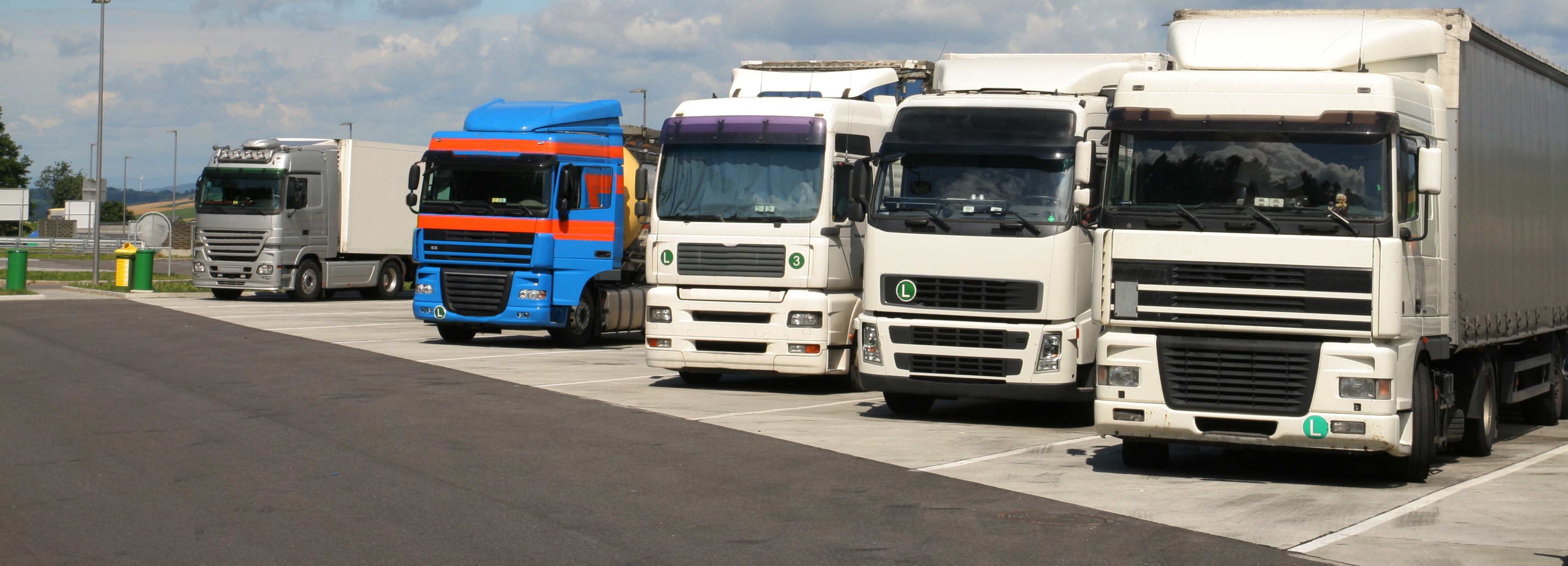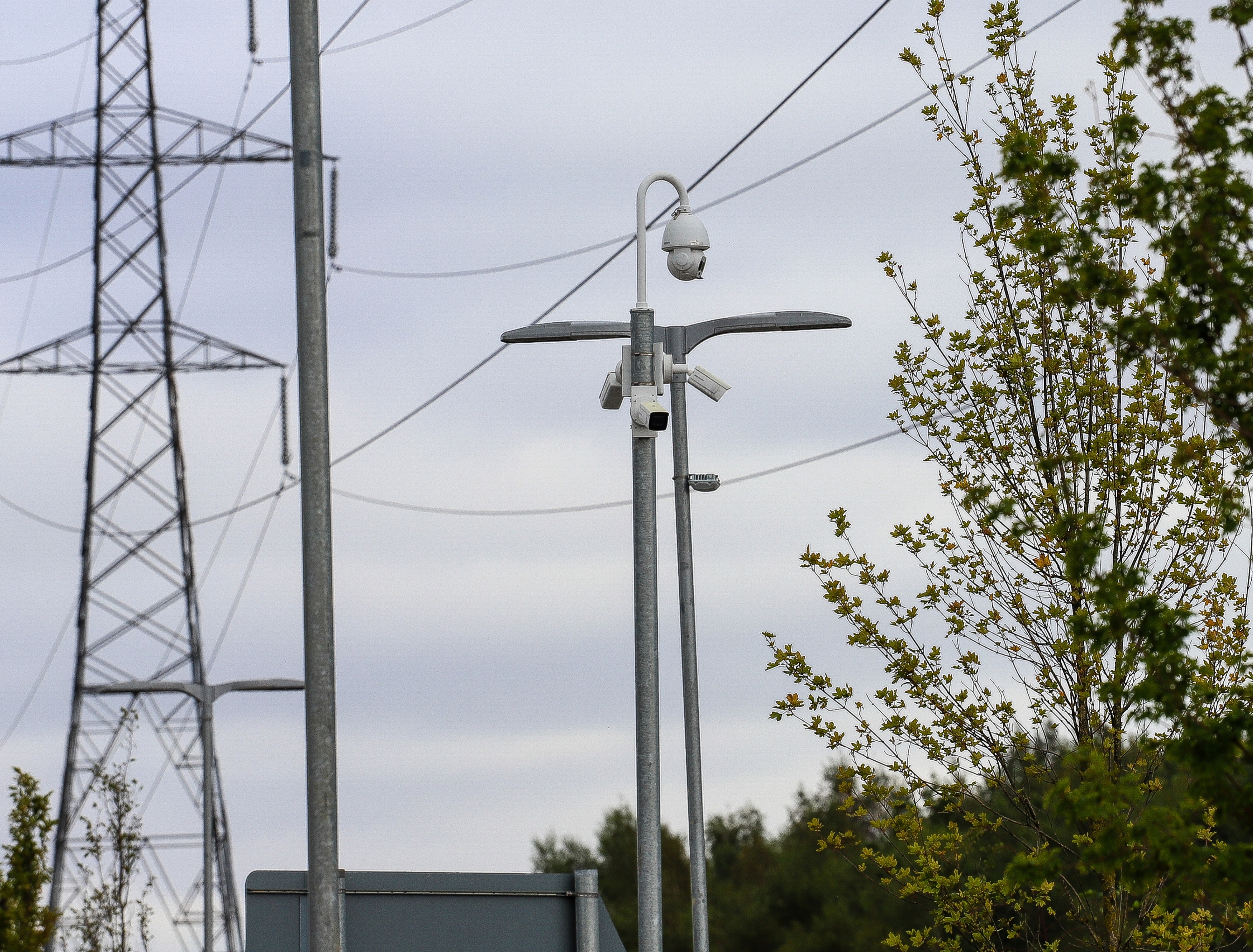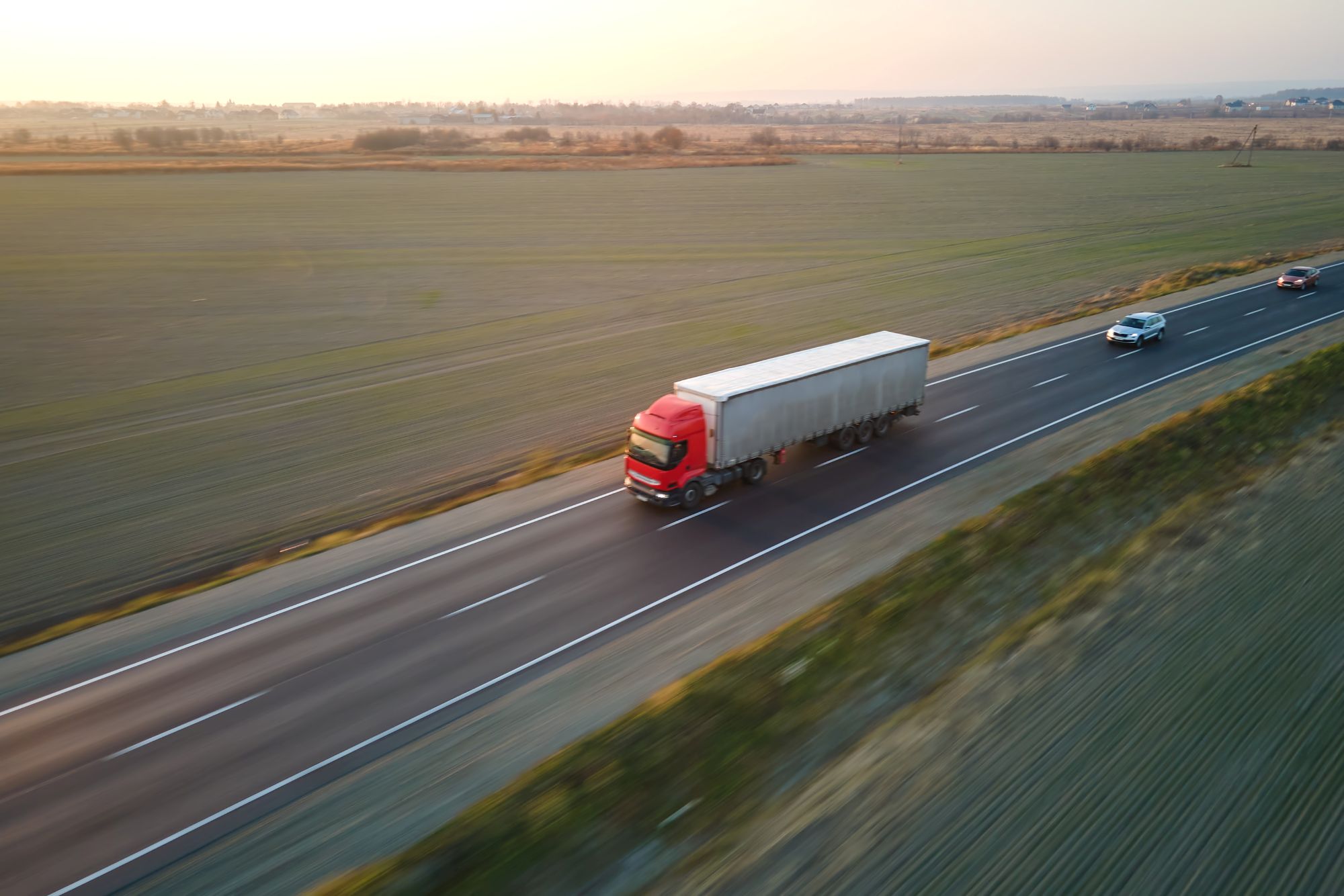
Miranda Blake
Cosa si intende per "parcheggio sicuro per camion"? Gli autisti si esprimono
Creato: 09/12/2024
•
Aggiornato: 09/12/2024
Una delle maggiori sfide che gli autisti devono affrontare è quella di trovare parcheggi sicuri. Un sondaggio condotto dagli osservatori del settore ha rivelato che molti ritengono che la sicurezza delle aree di sosta per camion non sia di livello soddisfacente.
Approfondiamo i vari aspetti che contribuiscono a rendere sicuro il parcheggio dei camion dal punto di vista degli autisti, esplorando le misure e i servizi essenziali. Inoltre, esamineremo l'ambiente generale che favorisce il senso di protezione.
Il ruolo del parcheggio dei camion nella logistica
I camionisti hanno bisogno di parcheggiare per rispettare le severe normative sui periodi di riposo. Inoltre, hanno bisogno di luoghi in cui possano riposare, fare rifornimento e rinfrescarsi senza [temere furti o atti di vandalismo] (https://snapacc.com/newsroom/tips-for-keeping-your-vehicle-secure-protecting-your-truck-from-theft/). Con circa l'81% delle merci trasportate su strada, la richiesta di parcheggi sicuri per camion è davvero fondamentale per il successo del settore.
Misure inadeguate possono portare a gravi ripercussioni, tra cui il furto del carico, danni al veicolo e problemi di sicurezza personale. Questo ha fatto sì che i conducenti esprimessero spesso frustrazione - può dissuaderli dal fare pause e, in ultima analisi, influire sulle loro prestazioni su strada.
Misure essenziali
Un aspetto fondamentale del parcheggio sicuro per camion è l'implementazione di barriere fisiche. Una robusta recinzione perimetrale è fondamentale per impedire l'accesso non autorizzato. I punti di ingresso e di uscita controllati, come i cancelli che richiedono l'accesso tramite chiave elettronica o codice, sono una necessità. Queste misure riducono significativamente la probabilità di intrusioni e migliorano la sicurezza generale.
Anche un'illuminazione efficace è fondamentale. Aree ben illuminate scoraggiano le attività criminali e forniscono ai conducenti un senso di protezione e la fiducia necessaria per orientarsi nelle aree di sosta, soprattutto nelle ore notturne.
Un altro aspetto importante è la videosorveglianza completa. Le telecamere a circuito chiuso dovrebbero coprire l'intero parcheggio, consentendo un monitoraggio e una registrazione costanti delle attività. Molti camionisti apprezzano il fatto che i loro veicoli e il loro carico siano sorvegliati 24 ore su 24, 7 giorni su 7, in quanto può rivelarsi un efficace deterrente per i potenziali criminali.
La presenza di personale di sicurezza addestrato aggiunge un ulteriore livello di protezione. Le guardie possono rispondere prontamente agli incidenti, fornire assistenza e mantenere una presenza visibile che aumenta la sensazione generale di sicurezza. I camionisti sono spesso più tranquilli sapendo che sul posto ci sono professionisti in grado di gestire qualsiasi problema.
È fondamentale disporre di sistemi di comunicazione d'emergenza facilmente accessibili: devono essere presenti cabine di chiamata d'emergenza o sistemi interfono, che consentano agli autisti di contattare rapidamente i servizi di sicurezza o di crisi in caso di necessità. Nelle aree remote, dove l'assistenza immediata potrebbe non essere prontamente disponibile, questa caratteristica è particolarmente cruciale.

Caratteristiche aggiuntive
Anche i servizi igienici e le docce pulite e ben tenute sono molto apprezzati, soprattutto durante i lunghi viaggi. Le misure dovrebbero essere estese a queste strutture per garantire che siano chiuse a chiave e sorvegliate: questo non solo aumenterà il comfort dei conducenti, ma contribuirà anche al loro senso di sicurezza generale.
Anche se non sono direttamente collegati al parcheggio sicuro per camion, i servizi aggiuntivi possono migliorare notevolmente il comfort complessivo di un'area di parcheggio. Opzioni di ristorazione, accesso WiFi e allacciamenti elettrici per i rimorchi refrigerati rendono lo spazio più accogliente. Anche i servizi di manutenzione di base possono essere utili, consentendo ai camionisti di risolvere i problemi minori senza lasciare la struttura.
Creare un ambiente migliore
Una struttura sicura per il parcheggio dei camion deve anche occuparsi efficacemente dei conducenti. Molti hanno condiviso il fatto di sentirsi sottovalutati in certe strutture, il che può influire negativamente sulla loro esperienza. Quelli che trattano i camionisti con rispetto e offrono un'atmosfera amichevole incoraggiano le visite ripetute e favoriscono la fedeltà.
Per migliorare questo aspetto è indispensabile investire nella formazione del personale. I dipendenti devono comprendere le esigenze uniche degli autotrasportatori e sapere come fornire un servizio clienti eccellente.
Rispondere alle preoccupazioni dei conducenti
È importante sapere che le autiste donne, che rappresentano una piccola percentuale della forza lavoro nel settore degli autotrasporti, devono spesso affrontare ulteriori sfide in materia di sicurezza. Molte donne riferiscono di sentirsi insicure in ambienti prevalentemente maschili, in particolare quando le aree di sosta non dispongono di misure di sicurezza adeguate: è fondamentale considerare le loro esigenze specifiche e adottare misure per garantire che siano sicure e felici.
Un'altra considerazione è che alcuni camionisti hanno esigenze alimentari specifiche. Per questo motivo, offrire opzioni alimentari sane e soddisfare le varie esigenze dietetiche può migliorare la loro esperienza e contribuire al benessere degli autisti.
Il futuro del parcheggio sicuro per camion
Innovazioni come i sistemi di sorveglianza intelligenti, i controlli automatizzati all'ingresso e il monitoraggio in tempo reale possono migliorare notevolmente le misure. Gli autogrill che investono in soluzioni di questo tipo hanno maggiori possibilità di attrarre un maggior numero di flotte e di autisti alla ricerca di opzioni sicure.
Affrontare le sfide in questo settore richiede la collaborazione tra vari soggetti interessati, tra cui agenzie governative, società di logistica e operatori di strutture di parcheggio. Lavorando insieme, questi gruppi possono sviluppare strategie complete per migliorare la sicurezza e l'intera esperienza dei camionisti.
La promozione di cambiamenti politici che diano priorità alle esigenze dei conducenti è fondamentale per creare ambienti più sicuri. Le organizzazioni di settore e i gruppi di difesa possono svolgere un ruolo importante nel sensibilizzare l'opinione pubblica sull'importanza di un parcheggio sicuro per gli autocarri e nel sollecitare modifiche legislative a sostegno dei miglioramenti infrastrutturali.
Trova servizi sicuri
Noi di SNAP diamo la priorità alla sicurezza degli autisti e aiutiamo le aree di sosta a farlo attraverso la nostra divisione dedicata agli accessi e alla sicurezza. Dalle telecamere e software ANPR ai terminali di pagamento alle barriere ai sistemi di ingresso ai sistemi di telecamere a circuito chiuso, mettiamo in atto tutto ciò che serve per proteggere al meglio i camionisti, i veicoli e il carico per autogrill, MSA, depositi di flotte e altro ancora.
Potete saperne di più su Accesso e sicurezza SNAP qui, o scoprire gli altri servizi (come il parcheggio e il lavaggio) sul sito web SNAP.



